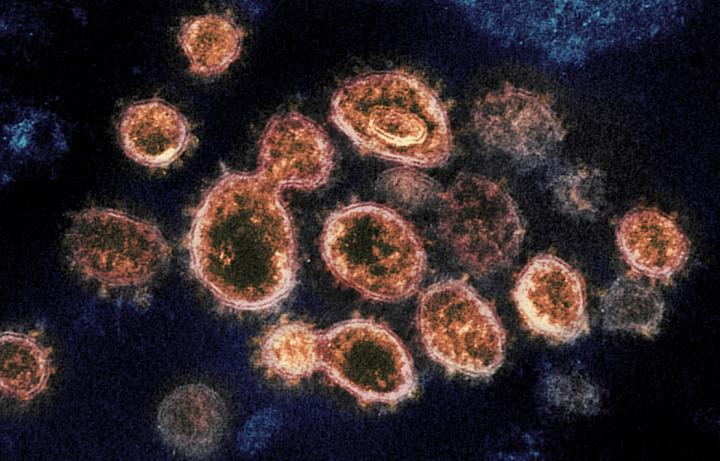Using Oracle supercomputing, scientists at Flinders University calculated that the SARS-CoV-2 virus did not originate in bats but was most likely designed to invade human ACE-2 host cells.
“We were trying to find which species of lock the Covid-19 key was best designed to unlock. You can try and fit the SARS-CoV-2 spike protein structure shape into all of the ACE2 structures from different animals to see which one fits best, just like solving a jigsaw,” Flinders University Professor and Research Director at Vaxine Dr. Nikolai Petrovsky explained in a recently published study.
Petrovsky and his team used the Oracle supercomputer’s “in silico modeling” method to identify what COVID-19’s initial host was. The researchers analyzed several ACE2 receptors — parts of the cells that allow coronaviruses to enter or ward them off — and compared them to spike proteins. The prongs on the virus’ outside appear to fit like a key into the cells ACE2 locks.
The origins of SARS-CoV-2
The results were quite stunning, as it turns out the spike proteins were “designed” to fit into human ACE2 receptors, which also means that the virus must have — at least for the greater part — originated in humans, not in animals and maybe in a laboratory.
This severely undercuts the currently held theory, especially among Chinese scientists, that the virus came from a spillover event from a bat and landed somehow in someone’s soup at a wet market in Wuhan, China.
Success
You are now signed up for our newsletter
Success
Check your email to complete sign up
As Sharri Markson detailed in her 2021 book What Really Happened In Wuhan, Petrovsky and his team analyzed a variety of ACE2 genetic sequences of bats, civets, and rats and ran simulations on them:
Very quickly, he (Petrovsky) had a result – and it was a result that caused him a great deal of angst. “Strangely, humans came out at the very top of the list.” Petrovsky said.
“That was not what we were expecting, as the animal host from which the virus had been transmitted should have been at the top of the list. This presented a puzzle as the data suggested the SARS-CoV-2 spike protein had uniquely evolved to bind and infect cells expressing human ACE2. Normally with a new pandemic virus, whatever species that virus originally came from would be the best fit and the virus would initially only half fit the human lock but then mutate over time to try and become a better fit. A virus should not be able to evolve to be a perfect fit for a lock it has never seen, and yet this is what the data was telling us. The virus spike protein looked like it couldn’t have been better designed to fit the human ACE2. Go figure.”
The Nature Scientific report
Petrovsky and his team publicized their results in June 2021 in the highly respected periodical Nature Scientific Reports, in a report titled “In silico comparison of spike protein-ACE2 binding affinities across species; significance for the possible origin of the SARS-CoV-2 virus.”
“Notably, SARS-CoV-2 spike protein had the highest overall binding energy for human ACE2, greater than all the other tested species including bat, the postulated source of the virus,” the study read. “This indicates that SARS-CoV-2 is a highly adapted human pathogen,” it said.
“This finding is particularly surprising as, typically, a virus, would be expected to have the highest affinity for the receptor in its original host species, e.g. bat, with a lower initial binding affinity for the receptor of any new host, e.g. humans,” the researchers wrote.
READ MORE: China Fights New COVID-19 Waves in Zhejiang and Xi’an, Quarantining Thousands
READ MORE: SARS–CoV–2 Infections May Have First Emerged in Hubei as Early as October 2019: Recent Study
The current findings are in stark contrast with the conventional theory contending the virus is of animal origin.







